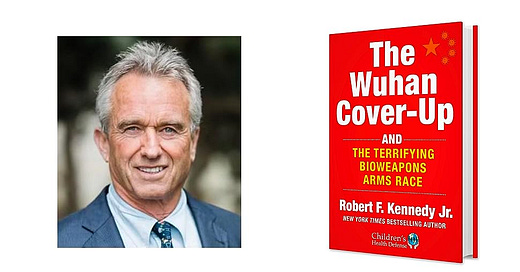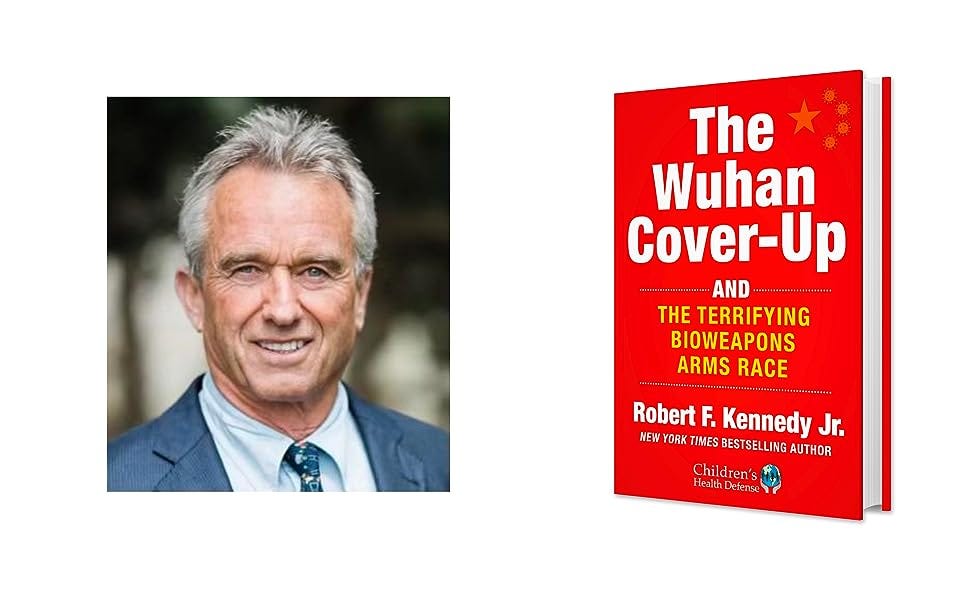RFK Jr. and the bioweapons arms race
A new book by the independent presidential candidate does not persuade
In The Wuhan Cover-Up: And the Terrifying Bioweapons Arms Race,1 Robert F. Kennedy Jr. maintains that scientists who are doing “gain of function” research with coronaviruses are really doing bioweapons research, in that they are developing the knowledge that would make possible the development of biological weapons. However, the book presents no evidence that any state anywhere in the world is actually developing biological arms. It presents evidence that some states, particularly the United States and China, are supporting research that they see as valuable for predicting and controlling future pandemics, for vaccine development, and for enabling counter-bioterrorist measures; and the book includes evidence that the USA and China are indirectly cooperating in the development of such knowledge. But it does not present evidence that the knowledge and techniques acquired through such research is actually being applied by any state to the development of biological arms.
Accor…



